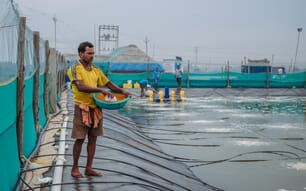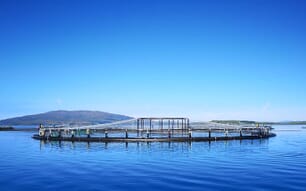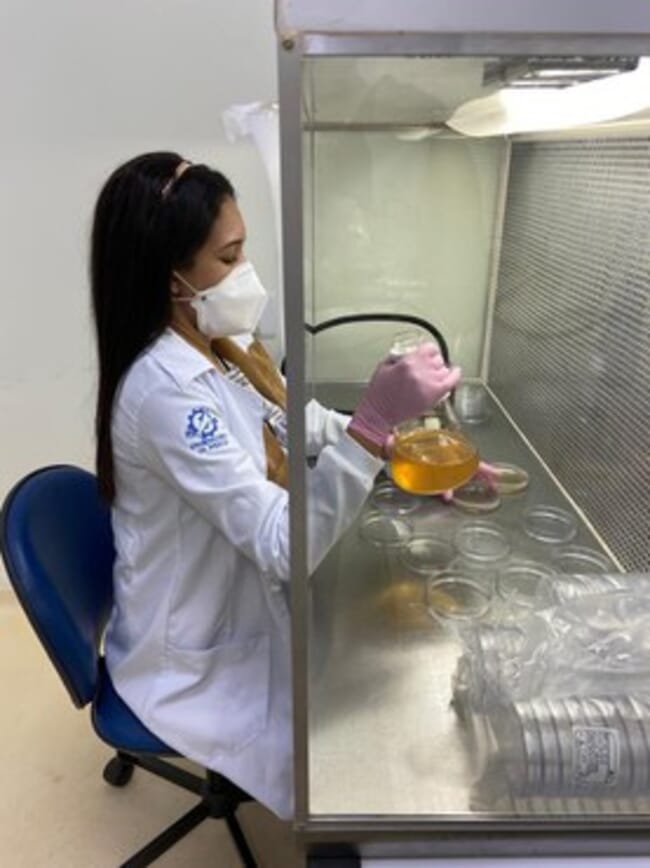
da Silva's research efforts helped identify the Klebsiella pneumoniae bacterium as a disease-causing agent in farmed tilapia
Daiane Vaneci da Silva, a graduate of fisheries engineering from the Federal Rural University of Pernambuco (UFRPE) and a master's degree in aquaculture from the Aquiculture Center of the Júlio de Mesquita Filho State University of São Paulo (UNESP), has identified the presence of the Klebsiella pneumoniae bacterium in Nile tilapia.
The purpose of da Silva’s research was to identify the pathogens that were causing a disease in Nile tilapia in intensive production systems. Initially, she and her colleagues suspected that the pathogen could be a bacterium of the genus Francisella sp., which is very common and extremely virulent in various fish species.
However after initial analysis, she discovered that the bacterium that was causing the disease in the fish was Klebsiella pneumoniae.
Da Silva explains that this discovery was surprising and worrying, since this bacterial species is associated with infections in humans, mainly those admitted to hospitals. This disease causes various types of infections, from urinary tract infections, hospital infections, sepsis and pneumonia.
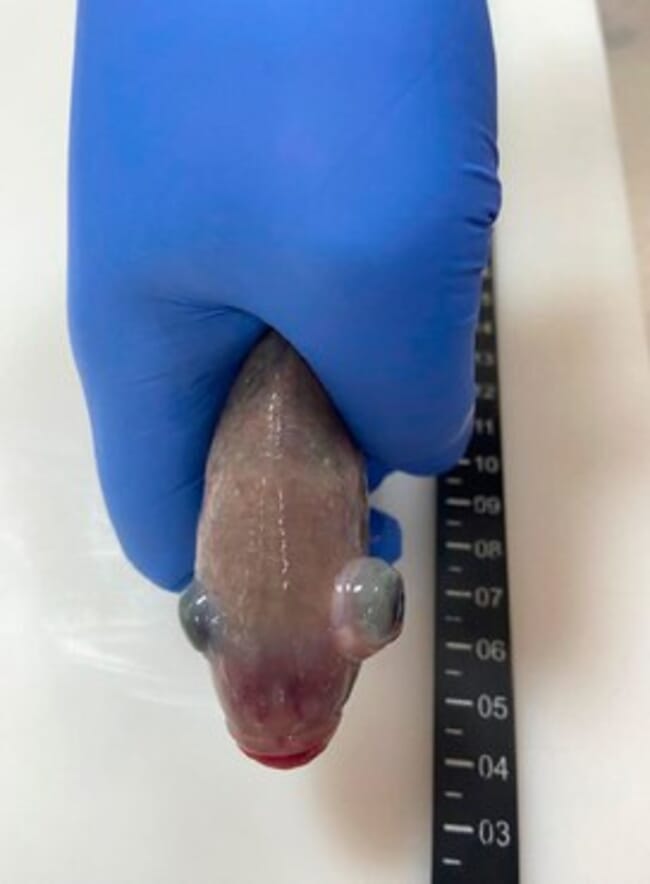
K. pneumoniae can be difficult to treat as it can easily form biofilms and is highly transmissible
K. pneumoniae is especially difficult to treat because it possesses various virulence factors, can easily form biofilms, can spread widely and easily develops resistance to antibiotics.
With the bacterium identified, the research proposal was expanded, trying to determine the possible problems that the bacterium could cause during tilapia production. Da Silva and her team also wanted to evaluate possible treatments for the bacteria to prevent it from spreading to other fish.
Conducting the research
The aquatic organism laboratory at the Unesp-Caunesp Aquaculture Centre, which is overseen by Professor Fabiana Pilarski, receives fish samples from all over Brazil and carries out various analyses, including monitoring potential pathogens that are associated with aquaculture.
The material she receives is a rich source for scientific research – and her colleagues are constantly on the hunt for emerging disease threats.

Research in this area is extremely important, as Brazil’s aquaculture sector generated revenues of R$ 4.7 billion (€827 million) in 2021, with Nile tilapia being responsible for more than 60 percent of the total production. Therefore, any imbalance in the production process, including bacterial infections in fish, is of great concern for both economic and public health reasons.
Identifying the superbug
When the research team tested the animals, they noted that despite noting similar clinical signs associated with other common fish pathogens, the damage to the fish was much more severe than expected. After receiving results from genetic sequencing and bacterium isolation, the team identified K. pneumoniae – which came as a surprise to the researchers.
They explained that it is not a common bacterium in fish and the seriousness it can cause – both for animals and humans – is very worrying. The study was among the first to identify K. pneumoniae bacterium as a disease-causing agent in aquatic organisms across the globe. The researchers noted that the bacteria are found in multiple ecosystems and is also found in soil and minute cells in water.
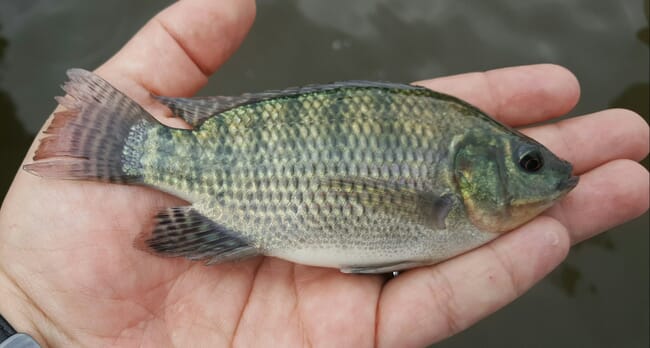
The researchers theorised that the bacteria infected the fish after they were exposed to effluent discharges © Hideyoshi Segovia
They formed a theory that could explain the source of contamination. Since most of Brazil’s tilapia production is carried out in small, medium and large volume cages, located in dams, rivers and river branches, the industry struggles with illegal effluent discharge discharges. These effluents come from both domestic and industrial sources and could potentially be the source of bacterial contamination. The researchers note that exposing tilapia to these discharges can cause biological stress and compromise their immune systems.
How can fish farmers protect their stocks?
The researchers note that some tilapia farmers immediately treat their fish with antimicrobials when a disease initially appears – they don’t always wait for the underlying pathogen to be identified. This strategy is risky because antimicrobials might not be effective against the bacteria, especially if they aren’t commonly found in fish farming.
This is worrying because using this treatment method could lead to a proliferation of antimicrobial resistant bacteria, further exacerbating the situation. The researchers say that fish farmers should look for a diagnostic laboratory that can analyse their samples and identify the pathogen and the appropriate treatment.



